A true superfood, fish is one of the healthiest things you can use to fuel your body. It’s chock full of essential nutrients that are hard to find elsewhere, and is a great source of high quality protein and healthy fats. Let’s not forget that it tastes pretty amazing too.
The American Heart Association strongly recommends eating fish, particularly fatty fish, at least twice a week. Yet less than 20% of Americans actually take that advice on board. While nearly one-third of Americans make some effort and enjoy seafood once a week, almost half eat fish only occasionally or not at all.
Are you one of the 80% that isn’t getting enough fish in your diet? Read on and find out why you should be.
- A Low Fat Food
- Omega 3’s For Heart & Brain Health
- A Great Source of Protein & Essential Amino Acids
- Vitamin D for Healthy Bones
- Iron for Healthy Blood Cells
- Iodine for a Healthy Thyroid
- B12 for Healthy Nerves & Cells
- Avoiding Mercury in Fish
- My Favorite Fish Recipes
Table of Contents
+A Low Fat Food
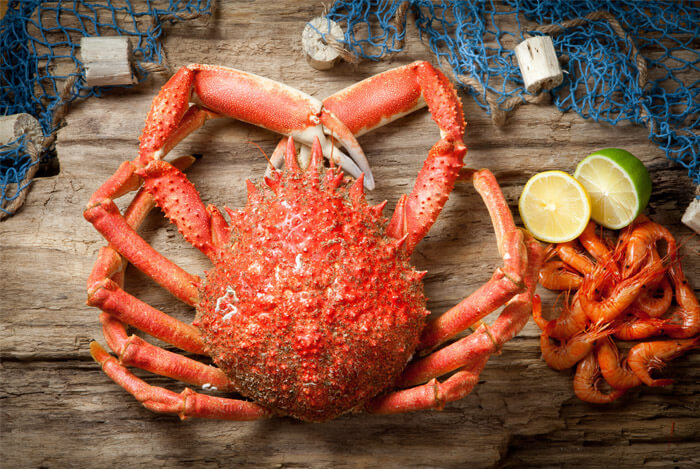
Fish is a fairly low calorie option if you’re looking for a tasty, filling source of protein, particularly when you compare it with red meat. It’s also low in total fat and saturated fat.
In fact, most fish and shellfish contain less than 5% fat and even the so called ‘fatty’ fish have a fat content of just 15%, similar to lean meats. This makes it an ideal choice for someone who is looking to lose or maintain their weight.
If you choose lower fat varieties like cod and sole, you’ll only be taking in around 100 calories per 3 oz, compared with 214 calories per 3 oz of steak. Even fattier fish like salmon and mackerel contain less than 200 calories per 3 oz serving. That’s pretty good bang for your nutritional buck if you ask me!
The fat that’s in fish is largely the healthy kind of fat, the kind we can’t live without. It’s vital that we consume a certain amount of good fats every day in order to get essential fatty acids, help absorb vitamins, and provide fuel for our bodies. If you have dry skin, depression, can’t lose weight, or suffer from mental fatigue, you could be lacking good fats in your diet.
Check out if any of these signs that you need more fat in your diet apply to you. If so, start upping your fish intake and see if that makes a difference.
Omega 3’s For Heart & Brain Health

Omega 3s and omega 6s (both polyunsaturated fats) are essential fatty acids that we need to obtain through dietary sources.
Thanks to the Standard American Diet, we can easily meet our omega 6 needs through the plant oils used in processed and restaurant meals. However, we struggle a little more in meeting our omega 3 needs, meaning most people have an imbalance between the two omegas. This imbalance may contribute to cardiovascular disease, cancer, inflammatory and autoimmune diseases.
Omega 3s are so important in our diet as they are thought to decrease inflammation throughout the body, as well as lower blood pressure, reduce blood clotting, decrease stroke and heart failure risk, and reduce irregular heartbeats.
Studies have even proven how amazing these fatty acids are for our brain health. High consumption of omega-3 fatty acids is associated with lower risk of cognitive decline and dementia in old age. It has also been shown to improve cognition in young adults, with participants’ brains working ‘less hard’ to achieve better mental performance. Furthermore, an imbalance of the omegas has been found to contribute to symptoms of depression.
The great news is that fish can help boost your intake of omega 3s and sort out this imbalance, helping you avoid all those nasty consequences.
In fact, fatty fish is the primary source of omega 3s for most people. For the highest levels of omega 3s, try salmon, trout, herring, sardines, and tuna. Sardines, in particular, are one of the most concentrated sources of omega 3s, just one serving contains over 50% of your recommended daily intake.
By addressing this imbalance through eating more fish (and less junk food), you’ll keep yourself healthy, happy, and sharp right into old age.
A Great Source of Protein & Essential Amino Acids
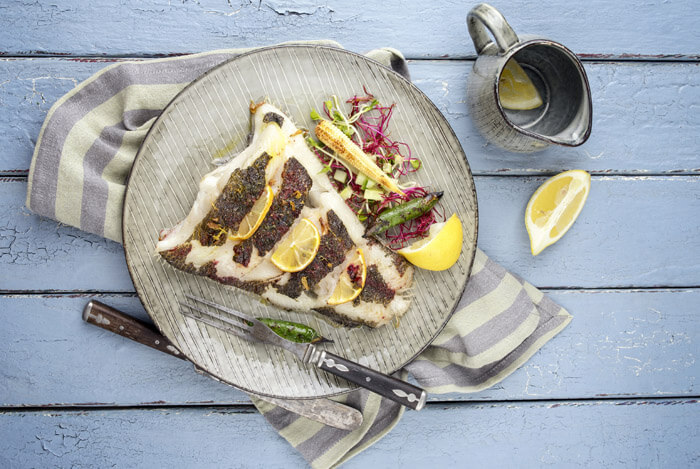
Even if you’re not looking to become a professional bodybuilder, you still need a certain level of protein in your diet.
A vital macronutrient, protein is responsible for building tissue, bones, muscles, cartilage and blood. It also helps produce enzymes and hormones; and is essential for healthy hair, skin, and nails. It’s recommended that up to 35% of our daily calories come from protein.
If you’ve read my post on some of the most protein packed foods, you’ll know that it features no less than five fish sources. In fact, one of the highest sources on that list was halibut, which gives you a whopping 42 g of protein (and just 223 calories) per half fillet. The other fish-based sources had pretty impressive stats too – make sure to check them out.
I have to mention the importance fish plays in helping us get our recommended intake of amino acids, the building blocks of protein. Of the 20 amino acids, nine are essential because we can’t produce them, yet we require them for a healthily functioning body. Fish is great in this respect as it contains all the essential amino acids, making it a complete protein source.
Vitamin D for Healthy Bones
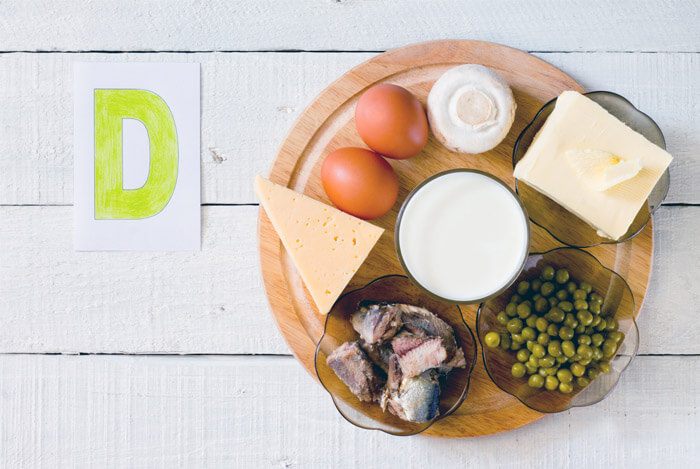
This essential vitamin is needed for healthy bones, as it assists in the absorption of calcium. Low blood levels of vitamin D have been associated with certain cancers, heart disease, and cognitive impairment.
For those living in sunny climates, the good news is you’re probably already getting enough vitamin D as it is. When the sun’s UV rays hit the skin, it causes our bodies to synthesize vitamin D. Discover everything about the amazing ‘Sunshine Vitamin’ here.
If you’re not fortunate to enjoy year round sunshine (and few are), then you’ll have to source this vitamin through your diet. This can be a little more difficult than you think, because there aren’t many foods that contain vitamin D.
However, fish is a vitamin D superfood – you’ll find the sunshine vitamin in salmon, trout, mackerel, herring, sardines, kipper, fresh tuna, anchovies, and lots more. A 3.5 oz fillet of cooked salmon contains a full day’s adequate intake of vitamin D for anyone under the age of 70; with a 3.5 oz of mackerel containing almost enough of the recommended daily intake.
It’s pretty easy to get enough vitamin D when you eat fish, isn’t it?
Of course, you’ll also find vitamin D in cheese, eggs, liver, mushrooms exposed to UV light, and certain fortified foods like cereals, juices, and dairy.
Iron for Healthy Blood Cells
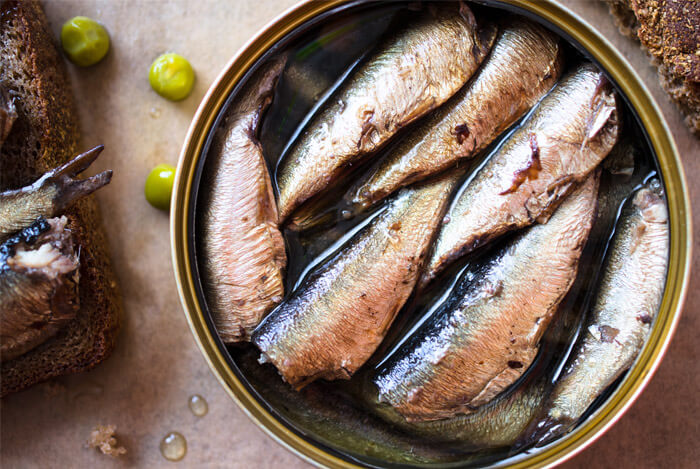
Iron is vital for healthy blood cells, we need it to carry oxygen through our blood and around our body. It’s also important for healthy neurotransmitters, which carry messages from one nerve to another. Neurotransmitters cannot function without enough iron.
According to the World Health Organization, a staggering 2 billion people – over 30% of the world’s population – are anemic, many due to iron deficiency. If you think this only applies to developing countries, you’re wrong. It’s the only nutrient deficiency that is also significantly prevalent in industrialized countries.
Women aged 19 to 50 need 18 mg of iron daily, while men the same age need just 8 mg – I think us guys seem to be getting off easy on this one.
If you’re a fan of fish though, meeting your iron needs isn’t that hard at all. Seafood is one of the most iron rich foods, 3 oz of clams, mussels or oysters contain 3.5 mg of iron, 3 oz of canned sardines contain 2.1 mg, and 3 oz of halibut, haddock, perch, salmon, or tuna contain 0.7 mg.
Add in some beans, lentils, dark leafy greens and tofu – all good sources of plant-based iron – and you’ll easily meet your daily requirement.
Iodine for a Healthy Thyroid
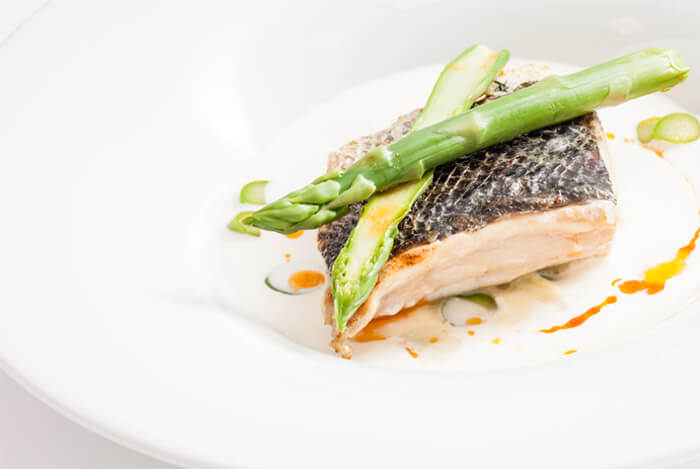
Another essential nutrient that cannot be made by the body, iodine is vital for a well-functioning thyroid. The role of the thyroid is to produce hormones, which are essential for a healthy heart, brain, muscles and other organs. We also need these thyroid hormones to use energy and stay warm.
While iodized salt is one of the main sources of iodine in the diet, it’s probably not the best source. It contains little, if any, other nutrients and most of us already get plenty of salt. It may not even do the job it claims, a US study of the iodine content in iodized salt found that 53% of salt samples tested, contained below the recommended requirement.
The good news is that saltwater fish, seafood, and sea vegetables are a really rich source of iodine, plus they bring a whole load of other benefits that salt doesn’t. I mainly get my iodine from these natural seafood sources.
According to the National Institute of Health, adults should get about 150 mcg of iodine per day. Some of the highest iodine-containing foods are fish, with 100 g of white fish providing 115 mcg, 100 g of shellfish providing 90 mcg, while the same amount of oily fish provides 50 mcg.
If you don’t eat seafood or dairy, try some sea vegetables like kelp and nori, or add a little iodized salt to your diet.
B12 for Healthy Nerves & Cells
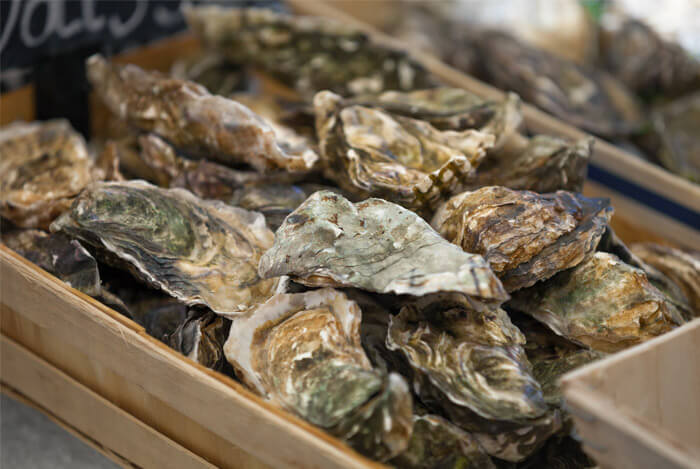
Many people don’t get enough vitamin B12, which can lead to some serious problems. Because it’s essential for producing our DNA and red blood cells, along with keeping our nerves functioning properly, it’s hugely important that we get enough of this vitamin.
If not, you could be at risk of nerve problems, vision loss, depression, memory loss and behavioral changes.
Vitamin B12 is only found naturally in animal products, with shellfish and fish being among the richest sources. 3 oz of clams, oysters or mussels will provide several times your minimum daily intake, as will a serving of mackerel, smoked salmon, herring, tuna, canned sardines, and trout.
In fact, fish might be the perfect source of B12, some evidence suggests that the combination of fish oil and B12 is highly effective in reducing total cholesterol levels.
If you don’t eat fish, then make sure you’re still getting enough of this important vitamin through meat sources, eggs, dairy, fortified tofu or supplements.
Avoiding Mercury in Fish
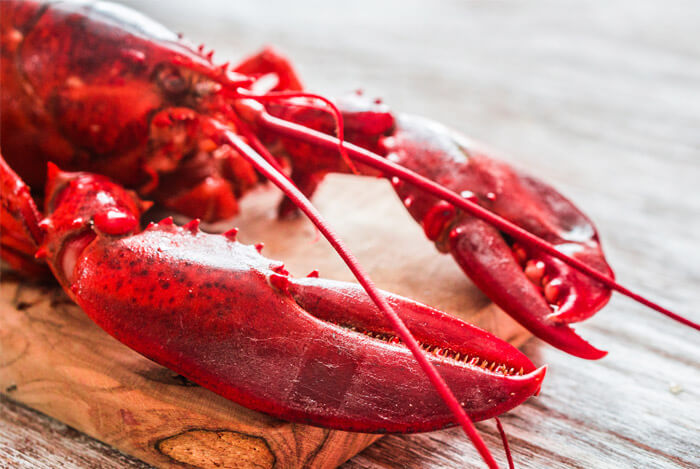
One of people’s main concerns about eating fish is to do with mercury poisoning. But that really shouldn’t put you off reaping all the amazing nutritional benefits of this superfood.
While nearly all fish and shellfish contain traces of mercury, few actually contain high levels. Of course, because high levels of mercury can damage nerves in adults and disrupt brain and nerve development in children, it’s important you choose your fish wisely.
According to the National Resources Defense Council, low mercury fish that’s perfectly safe to eat include anchovies, clams, crabs, hake, herring, mackerel, oysters, salmon, sardines, tilapia and trout, amongst others.
And, you can safely eat six servings or less per month of fish like Alaskan cod, halibut, lobster, monkfish, skate, and canned tuna.
Choose wild fish where possible.
My Favorite Fish Recipes
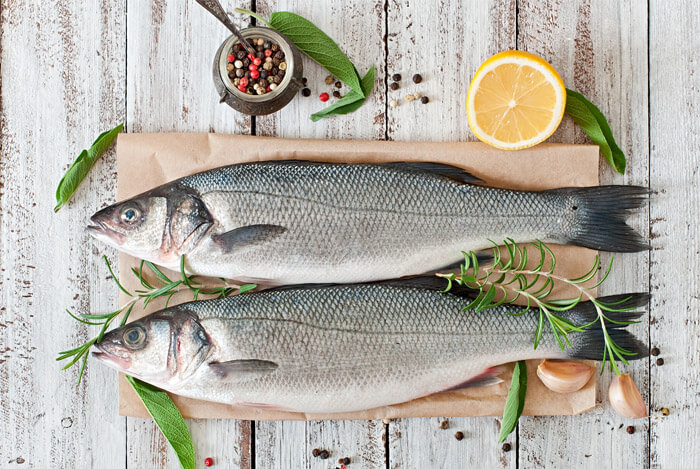
I love fish and can happily count myself among the one in five Americans that eat it twice a week. Some people seem to be put off by the taste, or worry it takes too long to prepare.
But don’t be – fish can be both easy and delicious!
Fish is the basis of some of my favorite quick and tasty meals like a Niçoise sandwich for lunch on the go, or an easy-to-prepare evening meal like honey soy salmon. It’s also a pretty awesome and healthy way to start the day.
Seafood also features heavily in the Mediterranean diet, one of the healthiest diets around. Why not check out my post on it for some other great ways to incorporate fish into your meals?
What’s your take on the benefits of fish? Have anything else you’d like to share? Let me know in the comments below!









